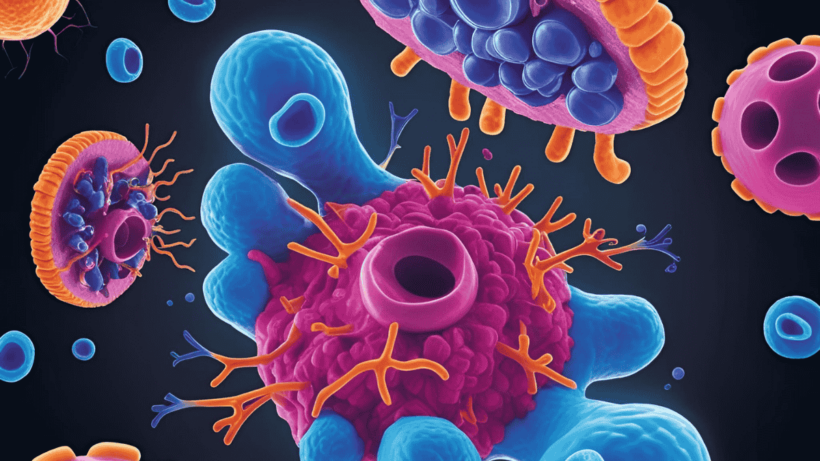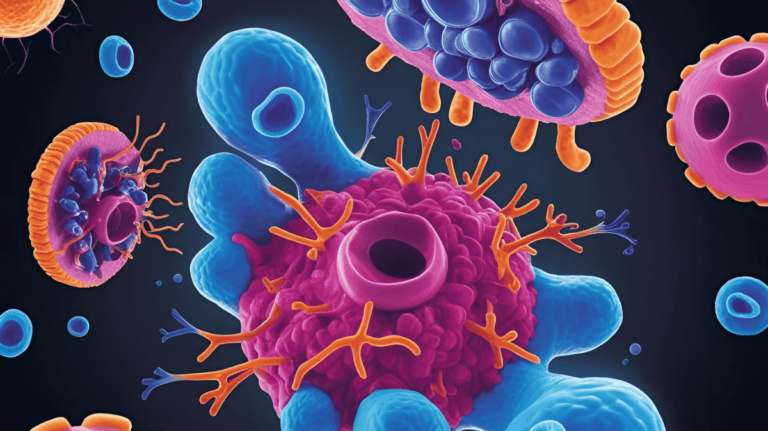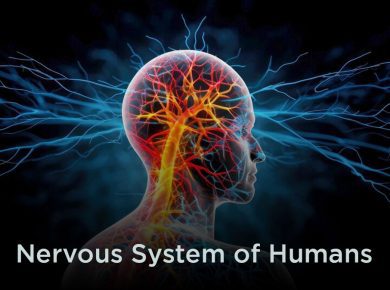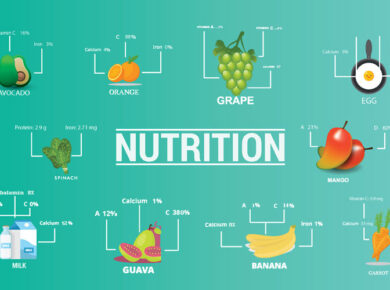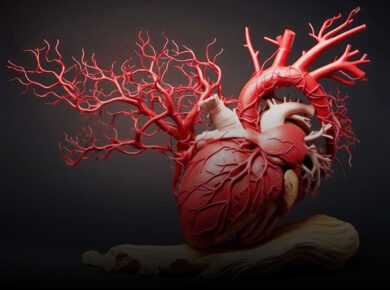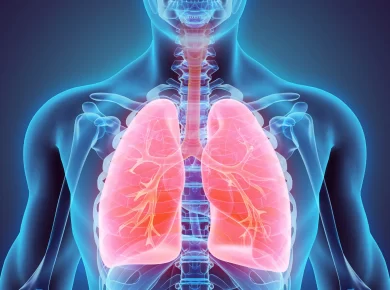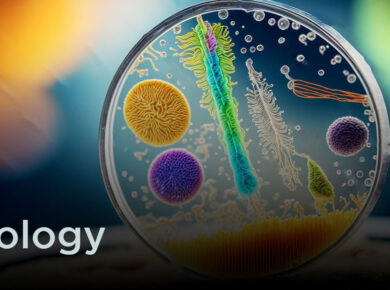INTRODUCTION of the CELL
All organisms and functional units of life call ‘cells’. The body of some organisms life bacteria, protozoans and some algae is made up of a single cell while the body of fungi, plants and animals are composed of many cells. Human body is build of about one trillion cells.
Cell vary in size and structure as they are specialized to perform different function. But the basic components of the cell are common to all cells. This lesson deals with the structure common to all types of the cell. You will also learn about the kinds of cell division and the processes involved therein, in this lesson.
The cell is the fundamental unit of life, often referred to as the building block of all living organisms. It is the smallest unit of an organism that can carry out all the processes necessary for life. All living organisms, whether unicellular like bacteria or multicellular like humans, are composed of cells. The concept of the cell is central to the field of biology, as it explains how organisms grow, reproduce, and function.
Cells are highly complex and come in various shapes and sizes, tailored to their specific functions. At their core, all cells contain a nucleus (in eukaryotic cells) or a nucleoid region (in prokaryotic cells) where genetic material is stored. This genetic information is vital for regulating the cell’s activities and passing traits to offspring.
Cells can be categorized into two main types: prokaryotic and eukaryotic. Prokaryotic cells, which include bacteria and archaea, are simpler and lack membrane-bound organelles. Eukaryotic cells, found in plants, animals, fungi, and protists, are more complex and contain membrane-bound organelles like the nucleus, mitochondria, and endoplasmic reticulum, each with specialized functions.
The structure of a cell is equally important as its functions. The cell membrane, for instance, regulates what enters and exits the cell, maintaining homeostasis. Inside the cell, the cytoplasm holds all the organelles in place, while the mitochondria are responsible for energy production through cellular respiration.
OBJECTIVES – Introduction of the Cell
After completing this lesson, you will be able to
- justify that cell is the basic structural and functional unit of all organisms:
- List the components of the cell and state cell theory:
- differentiate between prokaryotic and eukaryotic cells:
- differentiate between plant and animal cells:
- illustrate the structure of plant and animal cell by drawing labeled diagrams:
- describe the structure and functions of plasma membrane, cell wall, endoplasmic reticulum (ER), cilia, flagella, nucleus, ribosomes, mitochondria, chloroplasts, golgi body, peroxisome, glyoxysome and lysosome:
- describe the general importance of the cell molecules-water mineral ions, carbohydrate, lipids, amino acids, proteins, nucleotides, nucleic acids, enzymes, vitamins, hormones, steroid and alkaloids;
- Justify the need for cell division;
- describe various phases of cell cycles:
- explain the term karyotype and mention the karyotype analysis and its significance.
